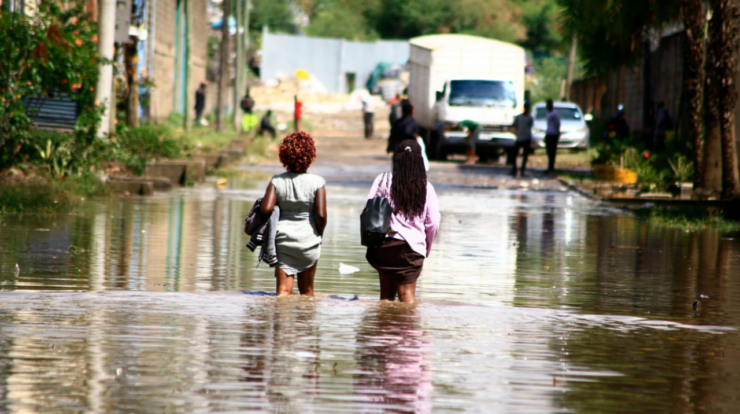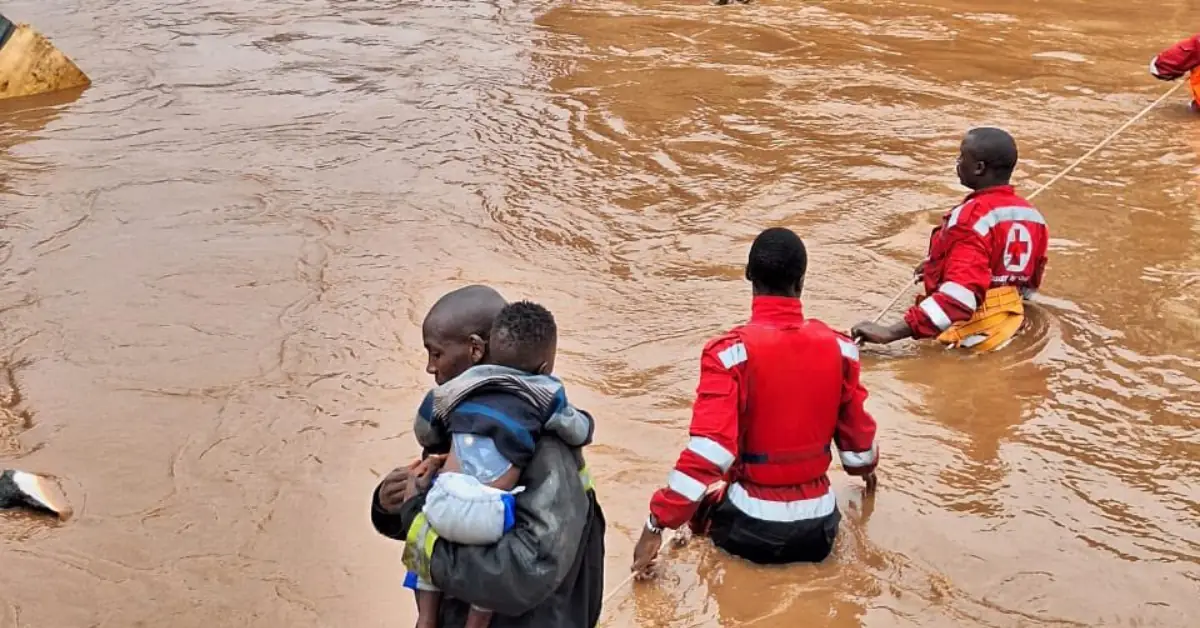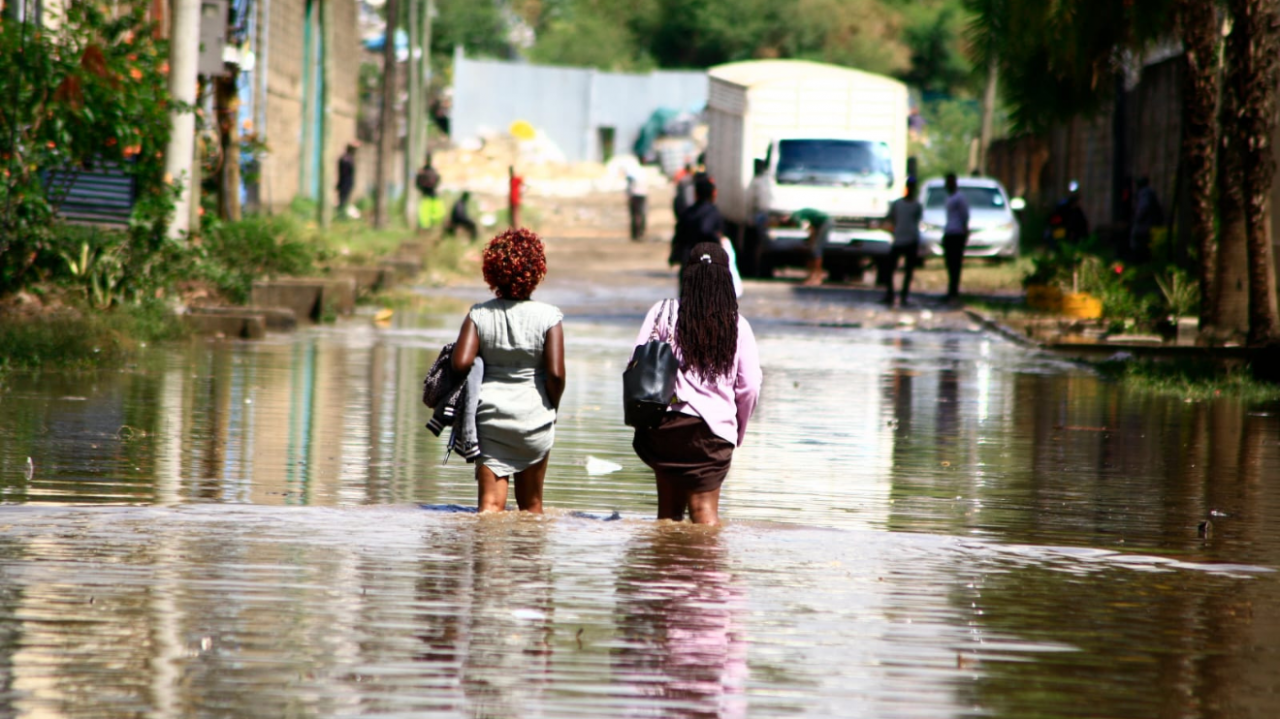
Kenya nairobi flooding – Kenya’s capital, Nairobi, has long been plagued by devastating floods that have caused immense social, economic, and environmental damage. Understanding the causes, impacts, and potential solutions to this ongoing crisis is crucial for building a more resilient city.
The persistent flooding in Nairobi is a complex issue with deep-rooted causes, including rapid urbanization, inadequate infrastructure, and environmental degradation. These factors have contributed to a situation where heavy rainfall events often overwhelm the city’s drainage systems, leading to widespread flooding.
Background
Flooding has been a persistent issue in Kenya, with Nairobi experiencing particularly severe consequences. The city’s rapid urbanization and poor drainage infrastructure have exacerbated the problem.
Causes and Contributing Factors
- Inadequate drainage systems
- Blocked waterways due to waste and debris
- Deforestation and land degradation
- Climate change and increased rainfall intensity
Impacts of Flooding
Social Impacts
- Loss of life and injuries
- Displacement of residents
- Damage to homes and property
- Spread of waterborne diseases
Economic Impacts
- Disruption of businesses and livelihoods
- Damage to infrastructure and public services
- Loss of productivity and revenue
Environmental Impacts
- Pollution of water bodies
- Erosion of soil and loss of biodiversity
- Damage to ecosystems and wildlife
Mitigation Strategies
Current Strategies
- Construction of drainage channels and retention ponds
- Dredging of rivers and streams
- Enforcement of building codes and land use regulations
- Public awareness campaigns
Effectiveness and Areas for Improvement, Kenya nairobi flooding
While these strategies have had some success, they have been limited by funding constraints, lack of coordination, and enforcement challenges. There is a need for more comprehensive and sustainable approaches.
Future Planning

Long-Term Measures
- Investing in resilient infrastructure
- Adopting green infrastructure solutions
- Implementing flood warning systems
- Promoting sustainable land use planning
Innovative Solutions and Best Practices
Nairobi can learn from best practices in other cities, such as green roofs, permeable pavements, and real-time flood monitoring systems.
Community Engagement
Role of Community Engagement
Community engagement is crucial for flood prevention and response. Local communities can:
- Identify flood-prone areas and develop early warning systems
- Participate in cleanup campaigns and debris removal
- Educate their neighbors about flood risks and mitigation measures
Data and Monitoring

Importance of Data Collection and Monitoring
Data collection and monitoring are essential for understanding flood patterns, assessing risks, and evaluating the effectiveness of mitigation strategies. Key indicators include:
- Rainfall intensity and duration
- Water levels in rivers and streams
- Displacement of residents and damage to property
Final Conclusion: Kenya Nairobi Flooding
Addressing the flooding crisis in Nairobi requires a comprehensive approach that involves implementing effective mitigation strategies, investing in long-term planning, and actively engaging local communities. By adopting innovative solutions and learning from best practices around the world, Nairobi can work towards a more sustainable and flood-resilient future.
FAQ Section
What are the primary causes of flooding in Nairobi?
The primary causes of flooding in Nairobi include rapid urbanization, inadequate infrastructure, and environmental degradation, such as deforestation and poor waste management.
What are the major impacts of flooding in Nairobi?
Flooding in Nairobi has severe social, economic, and environmental impacts, including loss of life, property damage, displacement of residents, disruption of livelihoods, and contamination of water sources.
What measures are being taken to mitigate flooding in Nairobi?
Current mitigation strategies include improving drainage systems, implementing flood warning systems, and restoring degraded ecosystems. However, these efforts need to be strengthened and complemented by long-term planning and community engagement.





